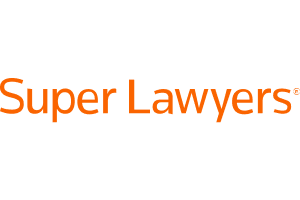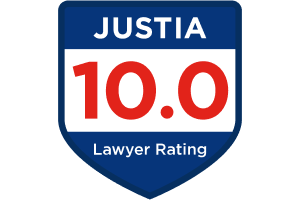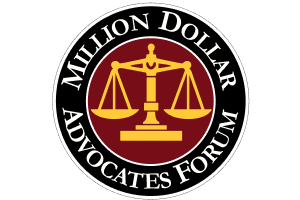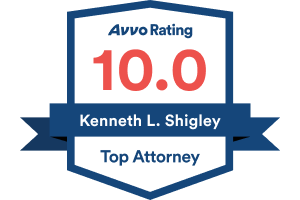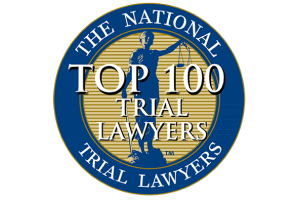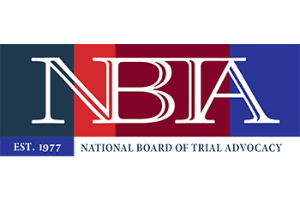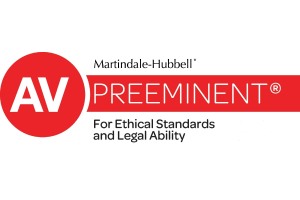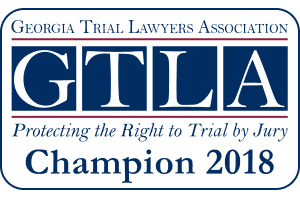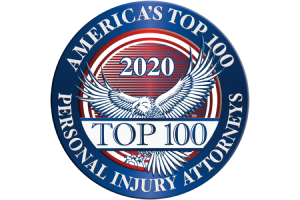Auto Accidents
Atlanta Automobile Accident Lawyers
Since 1949, lawyers at Johnson & Ward, Atlanta’s first personal injury specialty law firm, have treated clients like family while successfully recovering hundreds of millions of dollars for those clients.
Our current team includes past presidents of the State Bar of Georgia and Atlanta Bar Association, a past chair of the motor vehicle collision section of the American Association for Justice, the lead author of a book on personal injury practice in Georgia, the first Georgia lawyer to earn three board certifications from the National Board of Trial Advocacy, a recipient of the State Bar of Georgia Tradition of Excellence award, and lawyers honored in Best Lawyers in America® and Georgia Super Lawyers®, and Multi-Million Dollar Advocates Forum®.
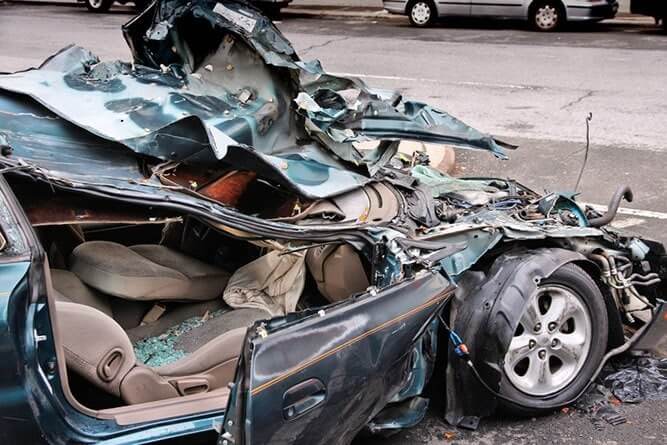
We often become like family with our clients. In one post-pandemic case, after we obtained every dollar of available insurance for a couple seriously injured when a drunk driver rear-ended them on I-285, the clients invited us to join in a thanksgiving celebration with over 200 of their friends and family making a joyful noise in a hotel ballroom. On sadder occasions, when clients succumbed to their injuries after a long struggle, we were asked to attend funerals with their families. Recently, we attended the 70th birthday party of a client who was relieved to have survived to that age after an injury. We prefer hugs of joy over hugs of grief, but we have experienced both.
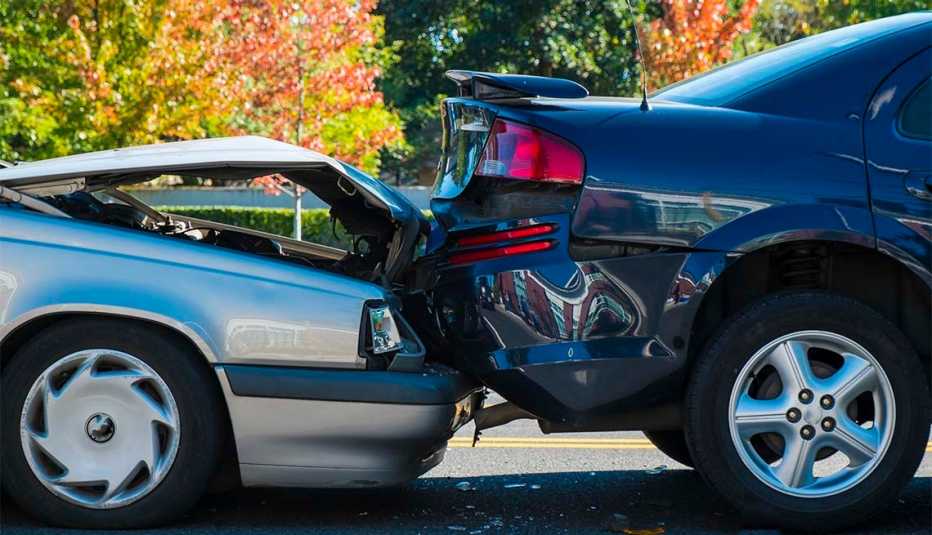
What are the most common types of automobile accidents in Atlanta?
The most common setting of serious personal injuries and wrongful deaths in Atlanta, Georgia, is in car and truck accidents. Some of the common types of automobile accidents include:
- Rear end collisions
In highway traffic that includes intermittent stops and slowing, following drivers may be inattentive or distracted and collide with a vehicle in front. If alcohol or drugs are involved, or if the following driver is distracted by a cell phone, reaction times are further diminished. When this happens at high speed on freeways, the outcome can be catastrophic. We have represented clients in thousands of rear-end collision accidents in metro Atlanta. In one recent case, we recovered $8 million in a rear-end collision case in which a truck driver did not slow down as he approached a line of stopped traffic at a red light. - Side impact collision.
Intersection collisions often involve side impact as one vehicle strikes the side of another. If the striking vehicle is traveling at high speed, it may deeply intrude into the side of the other car and may even flip it over. Depending on the physics of the specific impact, injuries may be catastrophic. - Rollover accidents.
When cars roll over in an accident, the potential patterns of injury multiply as bodies interact with car interiors in a multitude of ways. Seat belts may have inertial unlatching, a car roof may crush in just as a passenger’s head lurches up, and doors may spring open. We have had confidential seven-figure settlements with manufacturers where passengers in rollover crashes were killed or rendered quadriplegic or paraplegic. - Head-on collision.
Vehicles traveling in opposite directions collide in several types of situations, all of which we have handled for clients. If a car or truck enters a freeway going the wrong direction, it may produce a high-speed head-on collision. Such high-energy collisions are often fatal. Sometimes, a driver turns the wrong way down a one-way street. While the resulting collisions may be at lower speeds than those on expressways, serious injuries may result. - Turning collisions in intersections.
The Rules of the Road and traffic lights govern who has the right of way at an intersection when one vehicle is turning. Eyewitness testimony and video evidence from intersection cameras and neighboring properties are often crucial in determining fault. We have long experience with such collisions.
What are the most common types of injuries in automobile accidents in Atlanta?
Representing clients in automobile accident cases, we have many years of experience with a wide variety of injuries including:
- Auto accident wrongful deaths.
Often, people are killed instantly in a car crash. Others may linger for hours, weeks, or even years in a severely impaired condition. In such cases, Georgia’s wrongful death law specifies who has the right to the lawsuit. Priorities for wrongful death recovery are a surviving spouse, surviving children, parents, and, if none, the representative of the estate. We have seen many situations in which we had to start by sorting out confused family relationships to determine who had the right to recovery. In Georgia, the measure of damage for wrongful death is the full value of life, including both economic and non-economic factors. There may also be a claim for the estate of the deceased, including pain and suffering before death, medical expenses, funeral costs, and other items. - Brain injuries.
Whether from direct impact of the head with the interior of a vehicle in a crash or from the brain bouncing around with the skull during a crash, traumatic brain injuries may result. These range from a mild concussion to permanently disabling conditions. We have had clients who went through long periods of brain injury rehabilitation at Shepherd, Emory, Warm Springs, and other rehabilitation hospitals. - Spinal cord injuries
Spinal cord injuries can lead to permanent paralysis, either quadriplegia or paraplegia. Such injuries require highly specialized treatment and rehabilitation. In Atlanta, we are blessed to have access to the Shepherd Center, the leading spinal cord and brain injury rehabilitation center in the Southeast. We have represented many clients with paraplegia and quadriplegia whose grit has inspired us. One young woman who was paraplegic completed her rehab program at Shepherd, later moved to California, and became Ms. Wheelchair California. A man who had a doctorate and became quadriplegic due to injuries focused on getting the technology and assistance to return to a productive life; he went to teach in a college out west and write books. - Neck and back injuries.
While comedians may joke about whiplash injuries, if you really have it, it’s no joke. Strains and sprains to the neck and back occur most often when the neck snaps backward and forward on impact. It can take weeks or months to recover. - Amputation.
We have handled cases in which a client lost a limb, either immediately due to gross trauma or later due to vascular damage, due to auto accident injuries. - Fractures.
Auto accidents may produce a wide variety of broken bones. The most obvious are fractures to long bones such as the femur, tibia, humerus, ulna and radius, and extremely painful rib and sternum fractures. Less obvious in the beginning may be subtle fractures of the pelvis, small bones in the hands and feet, and in joints. A severe impact may cause a crushing fracture to a vertebra in the spine. Of course, if a leg and ankle fracture is so extreme that the foot flops from side to side, that is immediately obvious. We’ve handled injury cases for clients with all these types of fractures. - Organ damage.
Either blunt force trauma or penetrating injuries from impact, may injure the spleen, liver, intestines, or any other organ in the body, and internal bleeding. The resulting damage may be temporary or lifelong. - Heart damage.
Blunt force trauma to the chest may bruise the heart, causing long term damage. The stress of an auto accident may trigger a heart attack. People with preexisting conditions and older people may be more susceptible to heart attacks, stroke, and artery dissection in weeks and months after a crash. These require prompt medical attention and expert evaluation. - PTSD (Post Traumatic Stress Disorder)
Post-traumatic stress disorder is a legitimate psychological injury that may result from extremely traumatic events and may require professional attention. Overdiagnosis of PTSD in relatively minor crashes may cheapen the severe cases of the sort encountered among combat veterans. While we resist the temptation to claim PTSD in every wreck, if it’s real we deal with it as part of the case.
What is the time limit to file a personal injury lawsuit for an auto accident in Georgia?
Two years to file in court a claim for personal injury and medical malpractice.
Four years to file in court a spouse’s claim for loss of consortium.
Six months to deliver a pre-suit notice of suit for a claim against a city government.
Twelve months to deliver a pre-suit notice of claim against state or county governments. The notice to state government must meet specific technical requirements.
In truck accident cases, some crucial records may not be kept more than six months and other evidence may disappear within a few days.
There is a minefield of exceptions and technicalities. The best rule of thumb is to get a case to an experienced personal injury attorney as soon as practicable.
How will my medical bills be paid after an automobile accident?
First, if you have medical insurance, use that first. Even if you have to reimburse your health insurance company, it will be much less than the “sticker price” of the bills. Make sure your doctors will take it in an injury case.
Ambulance companies seldom file insurance, so send that bill to your insurer with a demand to pay it.
Second, if your auto insurance policy includes medical payments coverage, use that. Since doctors often do not take this insurance, it would be a good place to send your ambulance bill.
If you do not have medical insurance, it may be necessary to find doctors who will extend credit and treat on a “lien.”
If you or a family member are seriously injury due to someone else’s carelessness, contact us by phoning
404-253-7862 or submitting our contact form.


